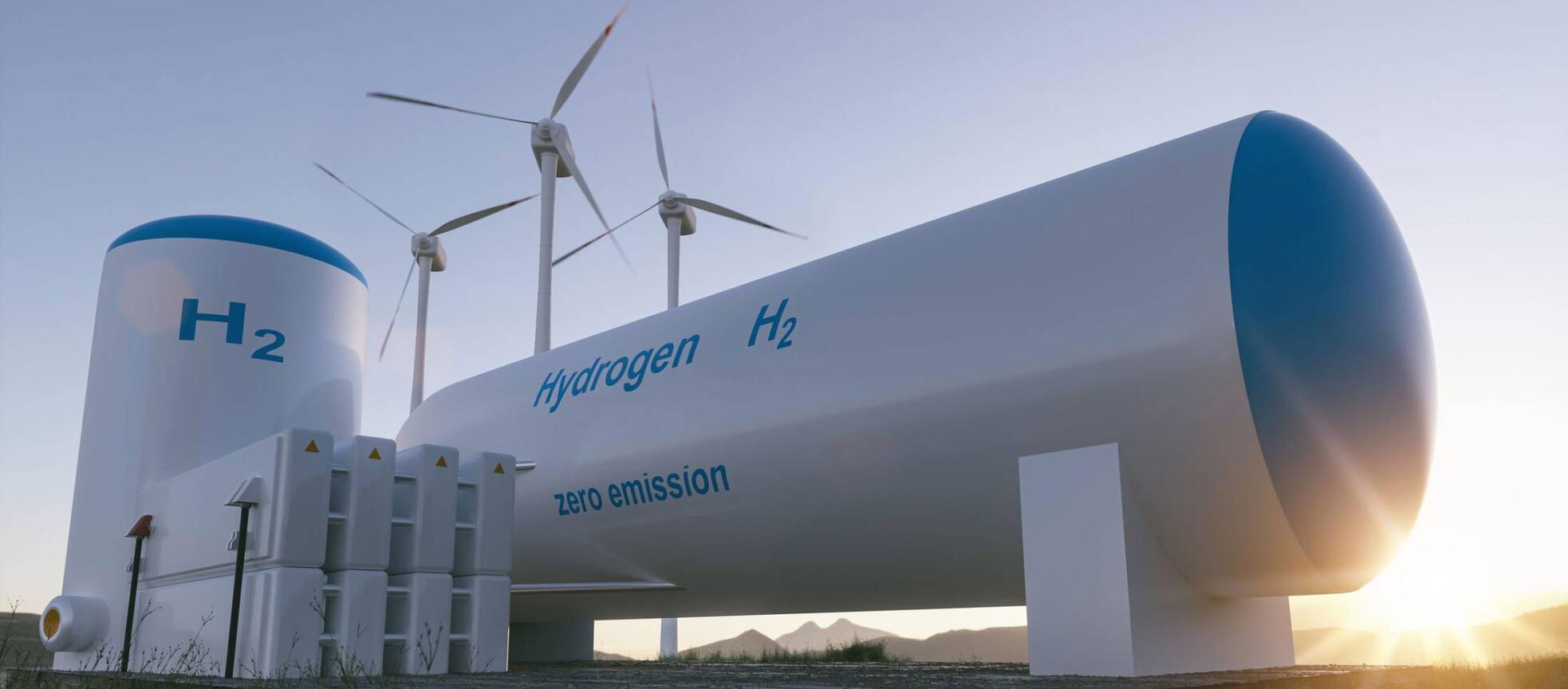EF Global VTOL
04 Jul 2023

Hydrogen may be the fuel of the future, but some maintain it’s probably best used to create sustainable aviation fuel (SAF) rather than a direct fuel source for hydrogen-powered aircraft that do not yet exist today. At least that’s what Rolls-Royce’s senior v-p of strategy Frank Moesta during a panel session discussion as part of the European Business Aviation Convention & Exhibition held in Geneva last month.
“To be honest, I’m not a big fan of thinking about burning hydrogen in an aircraft,” Moesta declared. He would prefer to see hydrogen being used to create eFuels—a synthetic form of SAF—rather than develop aircraft with entirely different propulsion systems. This is despite the fact that his own company, one of the world's leading aircraft engine manufacturers, is involved in developing new hydrogen propulsion systems, working with partners including EasyJet.
Such fuels are made by combining carbon dioxide captured directly from the air with “green” hydrogen, or hydrogen that is produced sustainably through a method known as electrolysis, which uses electricity to split water into hydrodgen and oxygen. Existing aircraft that run on jet-A can use eFuel and other forms of SAF without the need for any retrofitting to their propulsion systems.
Moestra explained that eFuel can be produced locally more easily and sustainably than ordinary SAF, which is made from agricultural feedstocks. This would make eFuel more accessible than regular SAF, which is only produced in a handful of facilities around the world today.
For business aviation in particular, access to SAF and hydrogen fuel is going to be a significant obstacle, Moesta argued. While major commercial airports are likely to eventually adopt the infrastructure for hydrogen fuel and SAF, there are thousands of smaller airports supporting private aviation that do not have the funding needed to build costly new infrastructure.
“You don’t need to transport this thousands of miles to an airport,” Moesta said. “If you have the energy available, you can actually produce [eFuel] right there.”
UNLOCKING THE PATH TO GREEN HYDROGEN
However, the aviation industry has not quite cracked the code when it comes to using direct air capture and hydrogen electrolysis to create eFuels, said Erik Lindbergh, co-founder and executive chair of VerdeGo Aero and chair of the Lindbergh Foundation.
“If we can figure out how to crack green hydrogen, we need that in every SAF production process,” he said, adding that the industry needs to lower the cost of green hydrogen production from about $4 per kilogram to $1 per kilogram to make it economically viable.
Lindbergh said he and his colleagues like to refer to hydrogen as “the Swiss Army knife of decarbonization, because we can use it for everything, not just burning it in an aircraft. If we can do that, it helps us not only to create SAF…but helps create the precursor to growing food, which is ammonia and provides our fertilizer. So we're looking at this in a very holistic way.”
“We will be in a hydrogen society at some point in time, but we should really use it to produce eFuels and use it as SAF rather than burning hydrogen in an aircraft,” Moesta concluded.